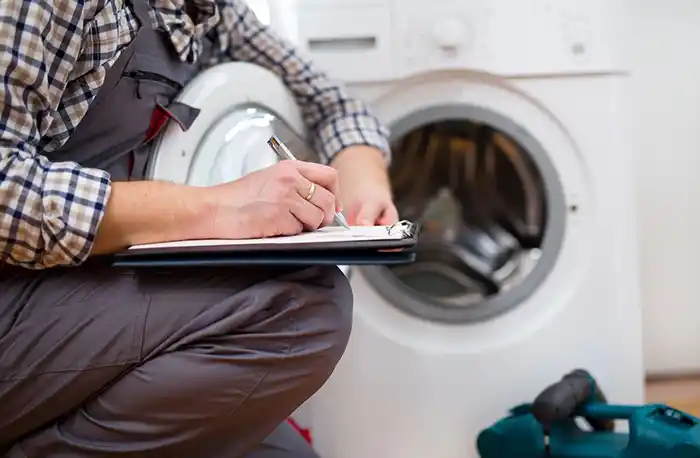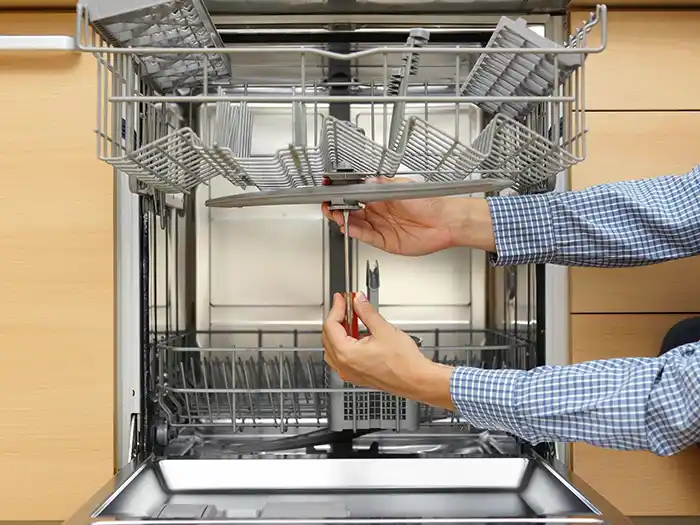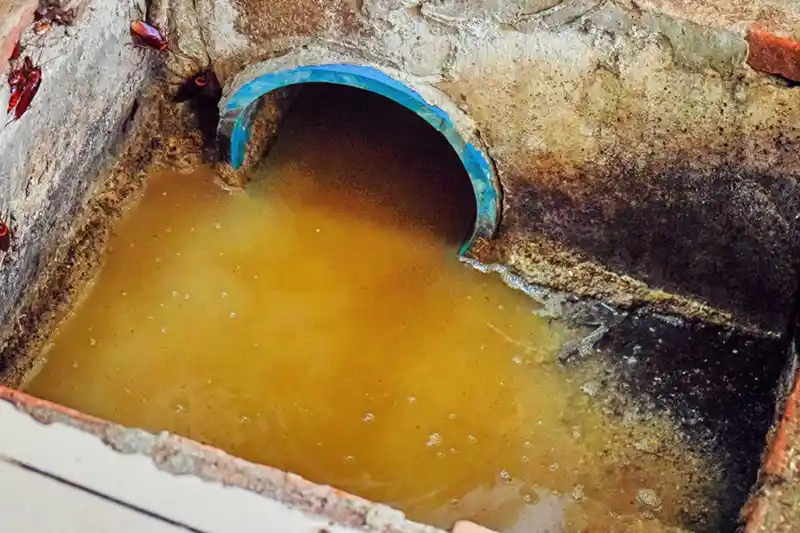Dishwashers and washing machines are essential appliances in modern homes, saving us time and effort every day. However, like any appliance that relies on water flow and drainage, they’re vulnerable to clogs. A clogged dishwasher or washing machine can lead to poor performance, leaks, bad odors, or even water damage. The good news? Preventing clogs from dishwashers and washing machines is easy for any homeowner.
Here’s how you can keep your dishwasher and washing machine draining smoothly and avoid frustrating (and expensive) plumbing issues.
Why Clogs Happen
Dishwashers and washing machines both rely on drainage systems to remove dirty water after each cycle. Over time, debris like food particles, grease, soap scum, lint, hair, and even small items of clothing can accumulate in hoses or filters. These build-ups can cause slow drainage, standing water, or complete blockages. Understanding how and why these clogs happen is the first step toward prevention.


How to Prevent Dishwasher Clogs
- Scrape Dishes Before Loading
Dishwashers are designed to handle small food particles, but large chunks of food can clog the filter and drain. Always scrape leftover food into the trash or garbage disposal before loading dishes. - Clean the Filter Regularly
Most dishwashers have a removable filter at the bottom. It catches food debris and needs to be cleaned weekly to ensure water can drain freely. Simply remove it, rinse it under warm water, and scrub with a soft brush. - Run Hot Water Before Starting the Cycle
Before starting your dishwasher, run hot water from the sink faucet for a few seconds. This ensures the appliance starts its cycle with hot water, which helps break down grease and soap more effectively. - Use the Right Detergent
Using too much detergent—or the wrong kind—can cause excessive suds and residue build-up, especially in areas with hard water. Use high-quality detergent and follow the manufacturer’s guidelines. - Inspect the Drain Hose
Periodically check the drain hose for any signs of kinks or blockages. A pinched or clogged hose can prevent proper drainage and cause backups.
How to Prevent Washing Machine Clogs
- Don’t Overload the Washer
Overloading the drum can cause excess lint, strain the motor, and lead to poor drainage. Follow the recommended load sizes for your machine. - Use the Right Amount of Detergent
Like dishwashers, too much detergent in a washing machine can leave behind residue that clogs drains. Use only the amount recommended, especially if you have a high-efficiency (HE) machine. - Install a Lint Trap or Screen
Some washing machines discharge lint into the drain. A lint trap or mesh screen attached to the drain hose can catch debris before it clogs the pipe. - Run Regular Cleaning Cycles
Every month, run an empty cycle with hot water and a cup of white vinegar or a store-bought washing machine cleaner. This removes soap scum, mold, and other buildup that can lead to clogs. - Check the Drain Hose
Make sure the washing machine’s drain hose isn’t kinked or bent. If you notice standing water after a wash cycle, there may be a partial blockage that needs clearing.


When to Call a Professional
If you’ve tried the preventive steps and still notice drainage issues, it may be time to call a professional plumber. Clogs deep in the plumbing system can’t always be reached without special tools, and ignoring the problem can lead to more serious damage. A professional can inspect and clear the lines quickly and safely.
Final Thoughts
Clogs in dishwashers and washing machines are frustrating, but they’re also highly preventable. Regular maintenance, mindful usage, and a few inexpensive tools like lint traps or vinegar can make all the difference. A little prevention today can save you from major headaches tomorrow—keeping your appliances running smoothly and your plumbing trouble-free.






